The Italian Renaissance-style Muckenthaler home was built by Walter and Adella Muckenthaler in 1924 on eight acres located atop a hill in Fullerton. The 18-room mansion was donated to the city in 1965 by Harold Muckenthaler who wished to see his childhood home used as a cultural center for the public to enjoy. In 1999 the Muckenthaler mansion received designation by the National Register of Historic Places.
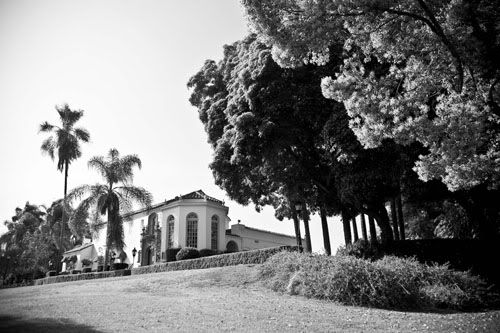
Fox Theatre
Built in 1925 and designed by Raymond M. Kennedy, the same architect who designed the world-famous Grauman’s Egyptian and Chinese Theatres in Hollywood, the Fox Theatre has stood as a cultural icon in Fullerton since the earliest days of cinema. Until its close in 1987, the Fox remained the entertainment center for millions of North Orange County residents. In 2005, supported by donations from residents, the Fullerton Historic Theatre Foundation took ownership of the Fox, and is currently restoring it to its former glory.
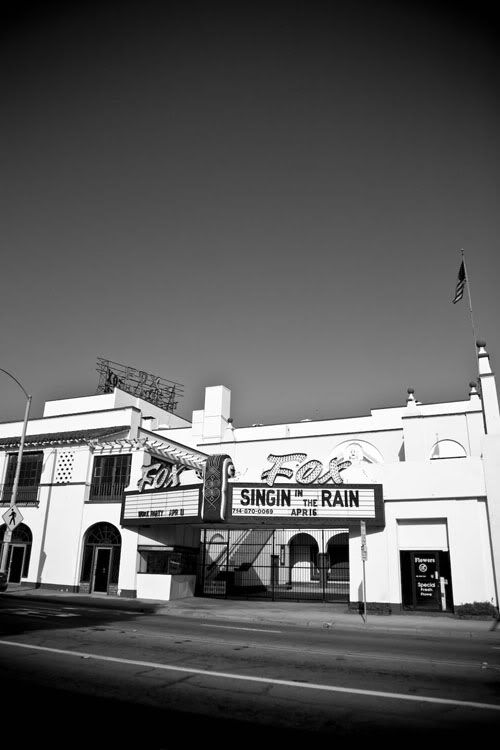
Fullerton Train Station
The Fullerton Train Station has two historic depots on site: one built in 1923 by the Union Pacific Railroad and the other built in 1930 by the Atchison, Topeka and Santa Fe Railway. Both depots are on the National Register of Historic Places. The Santa Fe depot is used as an Amtrak ticket office, passenger waiting area and cafe while the Union Pacific building is occupied by an Old Spaghetti Factory restaurant. In recent years, the Fullerton Railway Plaza Association has begun fundraising and lobbying efforts for the creation of an interactive railroad museum at the site. Since 1998, the Amtrak station and the FRPA have hosted the annual "Fullerton Railroad Days" at the Santa Fe depot. The station is currently served by Amtrak's Pacific Surfliner and Southwest Chief trains, and Metrolink's 91 Line and Orange County Line trains, and is still one of the major transportation hubs of Orange County.
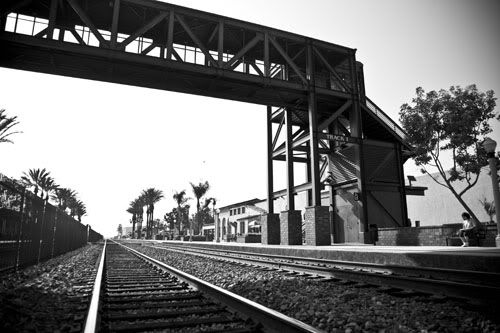
Harbor Boulevard
Running directly through historic downtown Fullerton, Harbor Boulevard was once part of the historical U.S. Route 101, which was at the time the Coast Route from the Mexican Border to Oregon. Harbor was also once a part of El Camino Real (“The King’s Highway”), also called the California Mission Trail, used by Spanish Missionaries between the 15th and 19th centuries. Today, Harbor Boulevard is lined with brightly-lit trees, and runs past the restaurants, bars, and shops that make Fullerton unique.
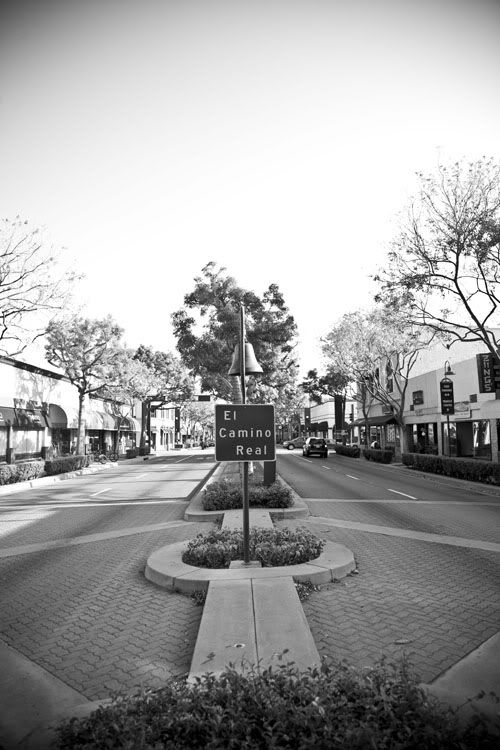
Villa Del Sol Plaza
The Villa del Sol is one of the quaintest spots in Downtown Fullerton, located at the corner of Harbor Boulevard and Wilshire. Formerly an elegant hotel, with over 120 rooms, the Villa del Sol has turned into a plethora of shops, boutiques, beauty salons, and old fashioned offices. Built in early 1922, the Spanish enthused building has a dribbling fountain at the center of the courtyard, surrounded by overwhelming vegetation. Tenants and visitors get immediate relaxation from walking through the area. Villa Del Sol is home to The Cellar, Brownstown Café, Café Hidalgo, and Stadium Tavern.
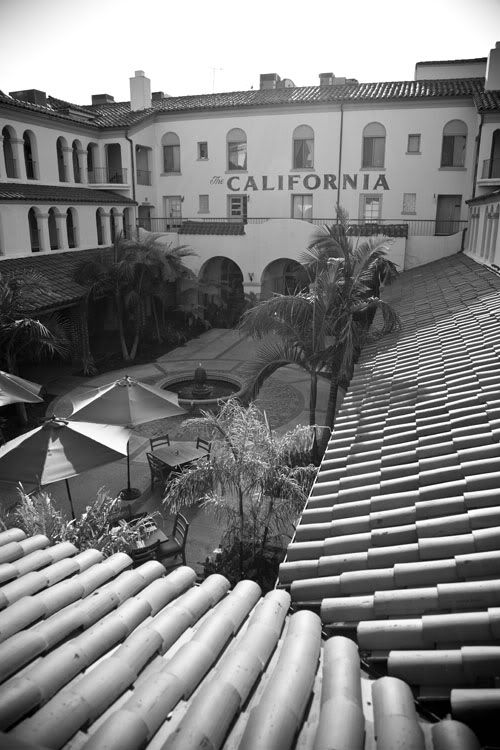
Plummer Auditorium
Designed by architect Carlton M. Winslow and constructed in 1930, the Plummer Auditorium is an outstanding example of Spanish Colonial Revival architecture with Italian Renaissance design elements. A 75-foot long, 15-foot high mural entitled "Pastoral California", painted by W.P.A. artist Charles Kassler in 1934, is found on the west side of the building under the arched arcade. A landmark in its own right, the mural is a true "fresco" - a medium rarely used for this type of artwork - that was totally restored through a community effort in 1997, after it had been covered by paint for 56 years.

Fullerton College
Founded in 1913, Fullerton College is the oldest continuously operating community college in California. Many of the college’s buildings were built in the 1930s, by the Works Progress Administration. The college now boasts a state-of-the art library and Student Center whose Spanish Colonial Revival architecture matches that of the original buildings.
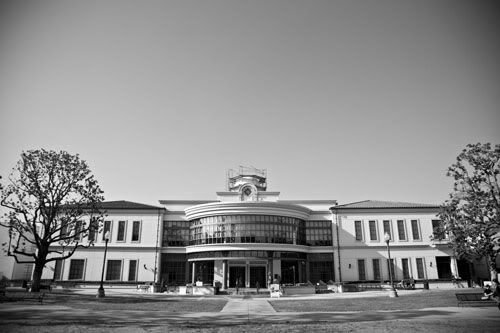
The Fullerton Arboretum
The Fullerton Arboretum is a 26 acre botanical garden with a collection of plants from around the world, located on the northeast corner of the California State University, Fullerton campus. A centerpiece of the Arboretum is the Heritage House, which was built in 1894 as the home and office of Fullerton's pioneer physician, Dr. George C. Clark. Highlights of the Arboretum include: Southern California native vegetation, Rare Fruit Grove, historic Citrus and Avocados, Channel Islands Garden, an extensive Cycad Collection, Conifer Collection, Palm Grove, Community Gardens, and a Children's Garden.
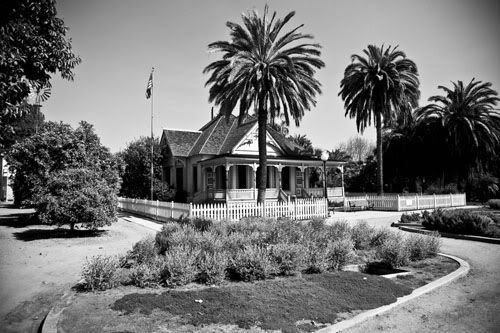
The Fullerton Museum Center
Originally a library, the Fullerton Museum Center is a multidisciplinary exhibit space. The Museum houses a permanent collection of guitars made by Leo Fender, founder of Fender Guitars, which originated in Fullerton. The Fullerton Museum Center is adjacent to the Downtown Plaza, home to the wildly popular Fullerton Market, which takes place every Thursday from April to October.
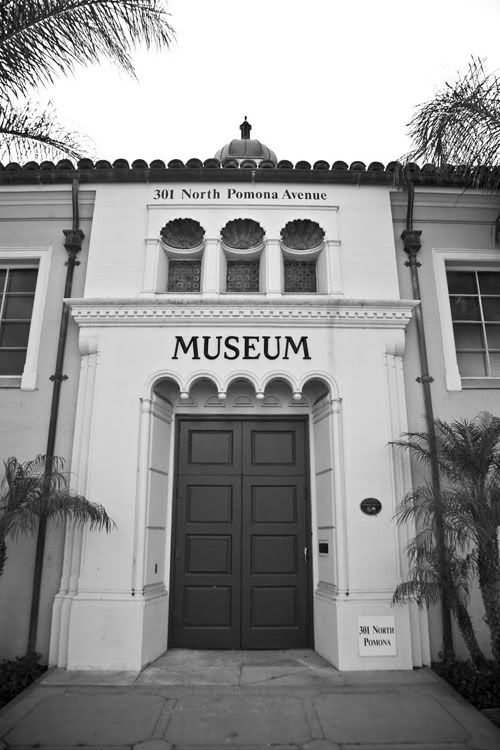
Photos by Chuck Oldfield
